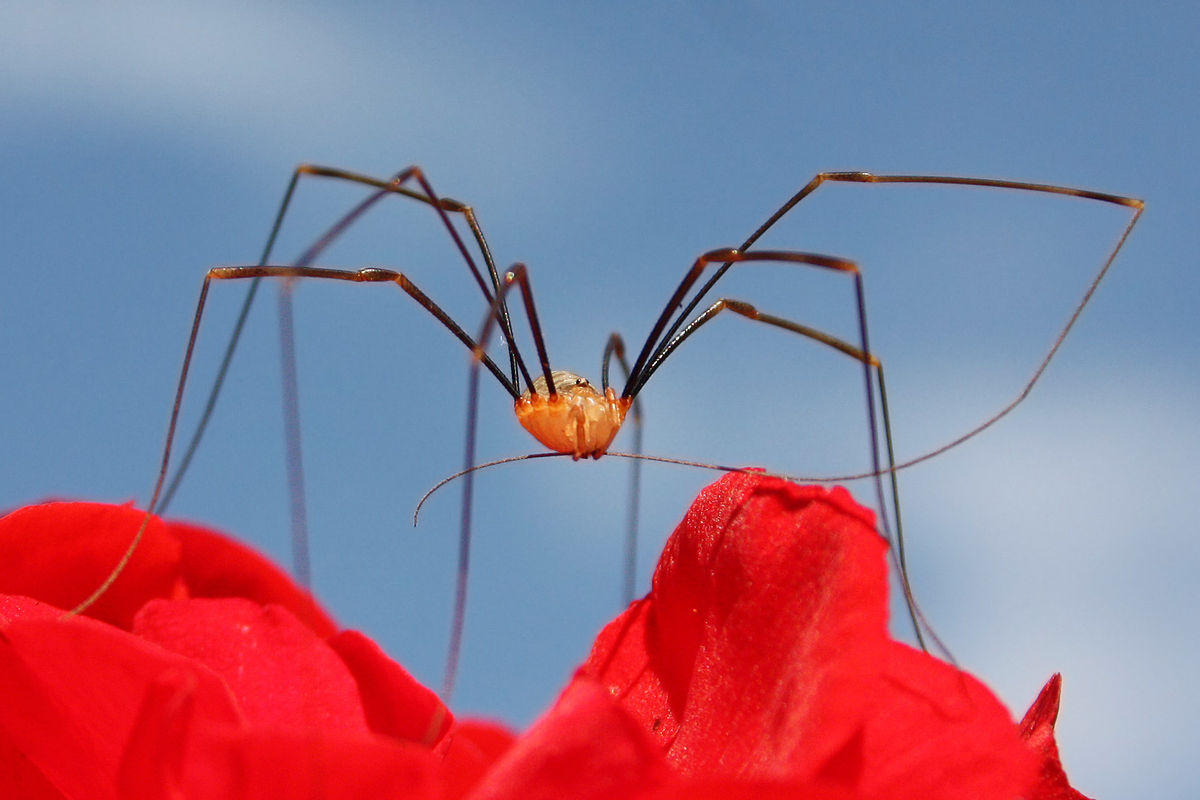Harvestman The Biology Of Opiliones Arachnid Galaxy

Find more information about: ISBN: 437 OCLC Number: 156745848 Description: pages cm Contents: Contributors Preface 1. What are harvestmen?
Date Published: Jan 7 Abstract: Opiliones are one of the largest arachnid orders, with more than 6,500 species in 50 families. Many of these families have been erected or reorganized in the last few years since the publication of The Biology of Opiliones. Ballarrinae, a new subfamily of harvestmen from the Southern Hemisphere (Arachnida, Opiliones, Neopilionidae). Records of the Australian Museum 43(2).
Morphology and functional anatomy 3. Phylogeny and biogeography 4.
Paleontology 6. Cytogenetics 7. Foraging and food habits 9. Natural enemies 10. Defense mechanisms 11. Social behavior 12.
Reproduction 13. Development 14. Eco-physiology 15. Field and laboratory methods References Taxonomic Index Subject Index Responsibility: edited by Ricardo Pinto-da-Rocha, Glauco Machado, Gonzalo Giribet. Harvestmen covers virtually every aspect of harvestman biology.Inevitably, the longest chapter is on taxonomy, dealing with the disturbing features of the families and subfamilies in the four major Opiliones suborders.
This is the first major revision of the order in over fifty years, and it is a tour de force.This is a book that will be prized by many naturalists, both amateur and professional. For anyone with even a passing interest in harvestmen, it will be required reading for decades to come. -- Matthew Cobb Times Literary Supplement 20071116 A summary volume exceeding those of other arachnid orders in breadth and completeness.The landmark chapter on taxonomy will be particularly welcome to workers considering studying these animals. For the first time, the family level diversity of this group is very clearly summarized, with keys, diagnostic characters, etymology, phylogenetic relationships, and plentiful scanning electron micrographs and illustrations, on a worldwide basis.The text presents enough unanswered questions to provide an army of graduate students with research topics.
By illuminating what makes Opiliones a distinctive taxon, the book sheds much light on the evolution and biology of arachnids as a whole, and anyone with an interest in Arachnida should acquire this work. -- Michael L. Draney Quarterly Review of Biology 20071201 Read more.

 Reconstruction of Hastocularis argus. Shown in dorsal, lateral, ventral, and anterolateral aspect. Image credit: Russell J.
Reconstruction of Hastocularis argus. Shown in dorsal, lateral, ventral, and anterolateral aspect. Image credit: Russell J.
Garwood et al. Living – a group of arachnids more commonly known as daddy longlegs – have a single pair of eyes that help them navigate habitats in every continent except Antarctica.
But the newly discovered Carboniferous fossil of a primitive harvestman named Hastocularis argus shows that wasn’t always the case. Paleontologists from the United States and United Kingdom used X-ray imaging techniques to reveal features of the unusually well-preserved fossil like never before. “Harvestmen fossils preserved in three dimensions are quite rare and our X-ray techniques have allowed us to reveal this exceptional fossil in more detail than we would have dreamed possible just a couple of decades ago,” said Dr Russell Garwood from the University of Manchester, the lead author of the. “Terrestrial arthropods like harvestmen have a sparse fossil record because their exoskeletons don’t preserve well. As a result, some fundamental questions in the evolutionary history of these organisms remain unresolved. This exceptional fossil has given us a rare and detailed look at the anatomy of harvestmen that lived hundreds of millions of years ago,” explained study co-author Dr Prashant Sharma from the American Museum of Natural History.